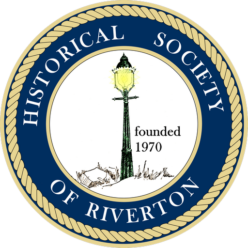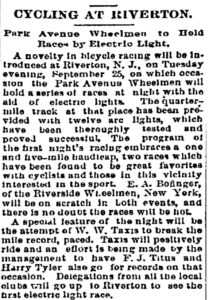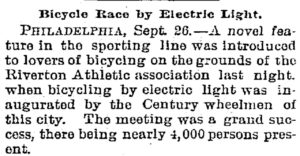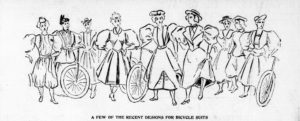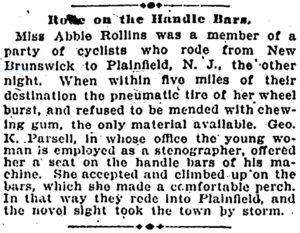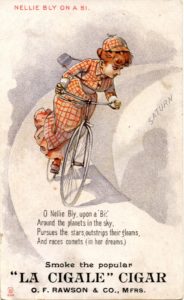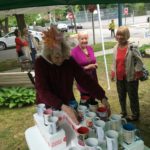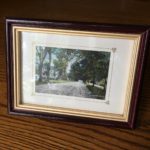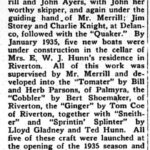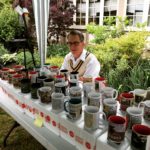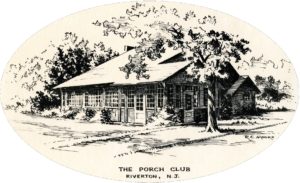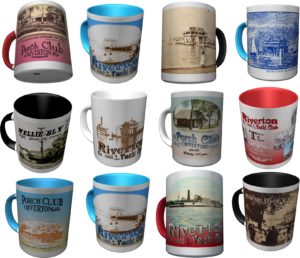Key bullets resulting from a conference call with Rob Gusky this morning and an email from Phyllis Rodgers about the upcoming Historic Riverton Century, 3-Mile Community Ride, and Historic Riverton Criterium follow:
- Eventbrite regisistration as of June 1 (10 days to go for the June 11 launch)
- full-century riders committed to ride from Millburn, NJ to Riverton – 12
- cyclists committed to ride from Bordentown – 9
- 6 of the riders are women
- 3-Mile Community Ride participants – 44
- Orange Blossom meal ticket for after the event – 21

HSR President Phyllis Rodgers adds these details about the two-day cycling event
- Saturday, approx. 4PM-4:30, representatives of the Society to meet Community Riders at District parking lot; Check children for helmets and waivers; Give out buttons to children
- Speakers at the brief ceremony at Memorial Park on Saturday include Mayor Cairns, Paul Schopp, Gary Sanderson with his c.1895 bike, and originator Rob Gusky
- Dinner at Orange Blossom 7PM
- Marshals for Sunday’s big Criterium advised to bring an umbrella or sunscreen, and a chair
- Still need some more volunteer marshals – contact Iris Gaughan at iggaughan@gmail.com or 856-829-8671
- Support of the Criterium at gofundme
- HSR members will sell HSR merch at a table outside the Library
– JMc
